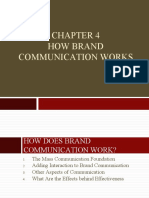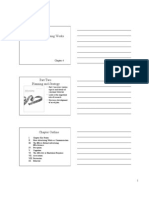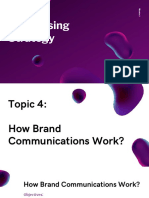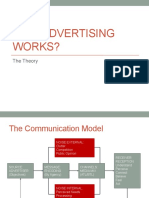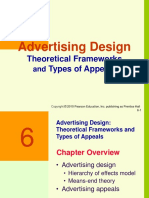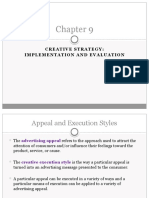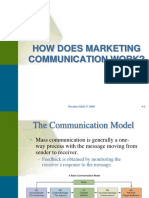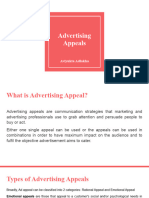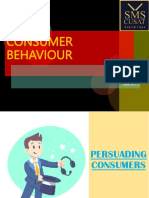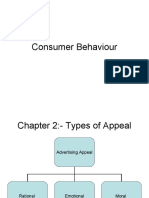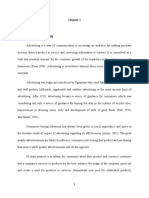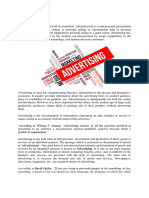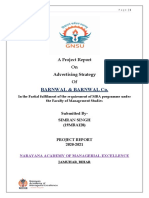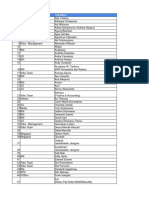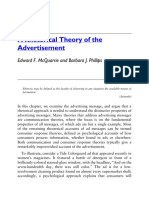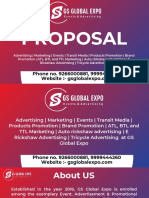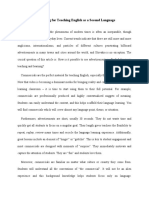0% found this document useful (0 votes)
23 views34 pagesConsumer Behaviour-Unit 3
The document discusses different types of brand communication and how it works. It covers topics like mass communication, interactive communication, and how communication is moving beyond two-way interaction. It also discusses factors like feedback and message integration.
Uploaded by
Lucky SharmaCopyright
© © All Rights Reserved
We take content rights seriously. If you suspect this is your content, claim it here.
Available Formats
Download as PDF, TXT or read online on Scribd
0% found this document useful (0 votes)
23 views34 pagesConsumer Behaviour-Unit 3
The document discusses different types of brand communication and how it works. It covers topics like mass communication, interactive communication, and how communication is moving beyond two-way interaction. It also discusses factors like feedback and message integration.
Uploaded by
Lucky SharmaCopyright
© © All Rights Reserved
We take content rights seriously. If you suspect this is your content, claim it here.
Available Formats
Download as PDF, TXT or read online on Scribd
/ 34

